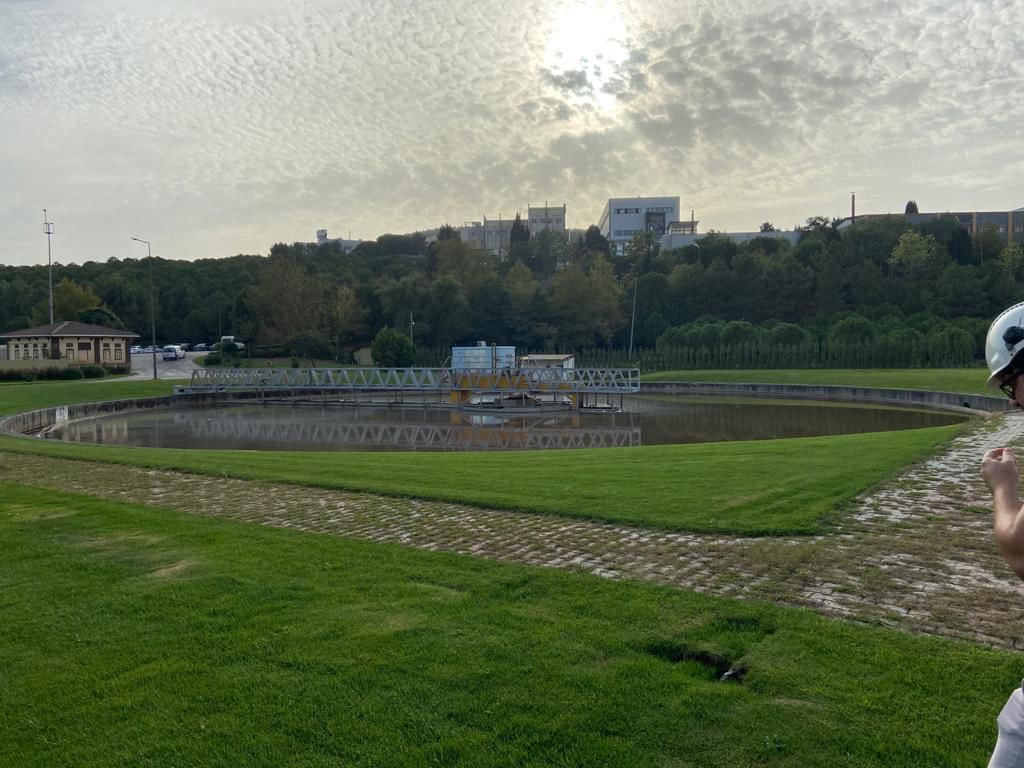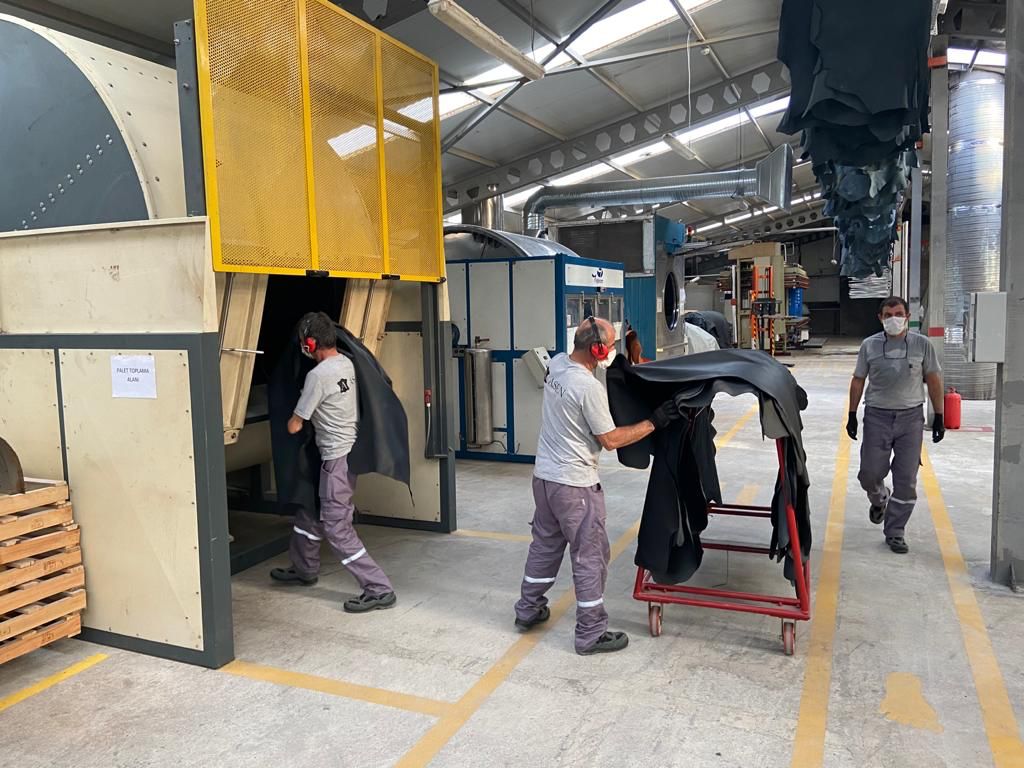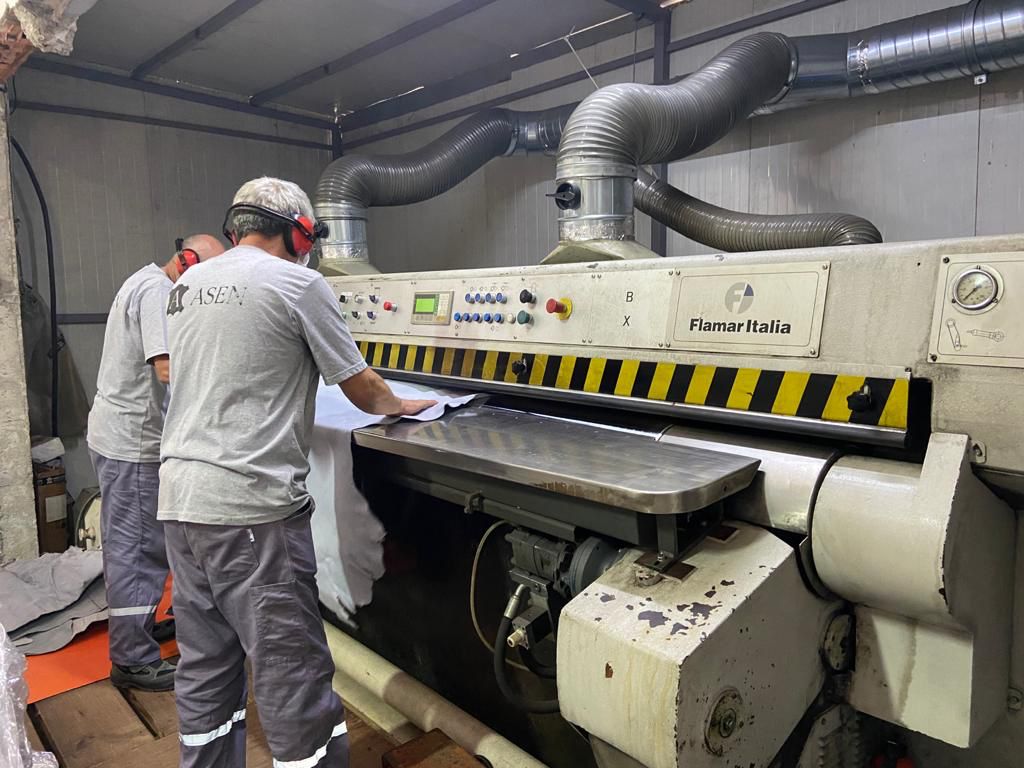VEG TANNING
Vegetable tanned leather refers to the tannage, or method of tanning the cowhide into leather. Vegetable-tanned leather is made using a special process that harnesses the power of natural tannins. These are found in organic materials like tree bark to add a unique look and feel to the animal hide
Vegetable tanning or veg tan as it’s sometimes called, is one of the oldest methods of tanning known to man. It has literally been around for centuries. But less than 10% of the world’s leather is tanned this way today.
What makes vegetable tanning so unique is it allows us to use thicker leather and results in more body and character – perfect for bag making. Vegetable tanned leather also tends to age better and develops a rich patina over time. And it has that awesome classic leather smell.



CHROMIUM TANNING
Chromium has long been regarded as the most efficient and effective tanning agent.
The complexity, expense and time involved with tanning with vegetable tannins led, in 1858, to the development of using mineral tanning agents instead. The basic principle is the same, removing water molecules from the collagen and replacing them, but the process is much quicker using chrome which is the most popular mineral tanning agent today. the chrome ions displacing the water and binding with the collagen are much smaller than vegetable tanning molecules. This generally makes chrome tanned leather thinner and softer than vegetable tanned leather.
The process, however, is less natural than when using vegetable tannins. It involves first placing the hides in acidic salts to better make the chrome fit in between the collagen molecules – and then returning the hides to a normal pH level.
WET-WHITE TANNING
Wet white is a term used for leathers produced using alternative tanning methods that produce an off-white colored leather. Like wet blue, wet white is also a semifinished stage. Wet white can be produced using aldehydes, aluminum, zirconium, titanium, or iron salts, or a combination thereof. Concerns with the toxicity and environmental impact of any chromium (VI) that may form during the tanning process have led to increased research into more efficient wet white methods.
Metal free environmentally compelling, metal-free process replaces chrome and vegetable tanning and it does so without sacrificing any of the benefits of chrome or vegetable tanning. Our process is not only chrome free but entirely METAL free. It presages a technological, environmental revolution in the tanning industry.















